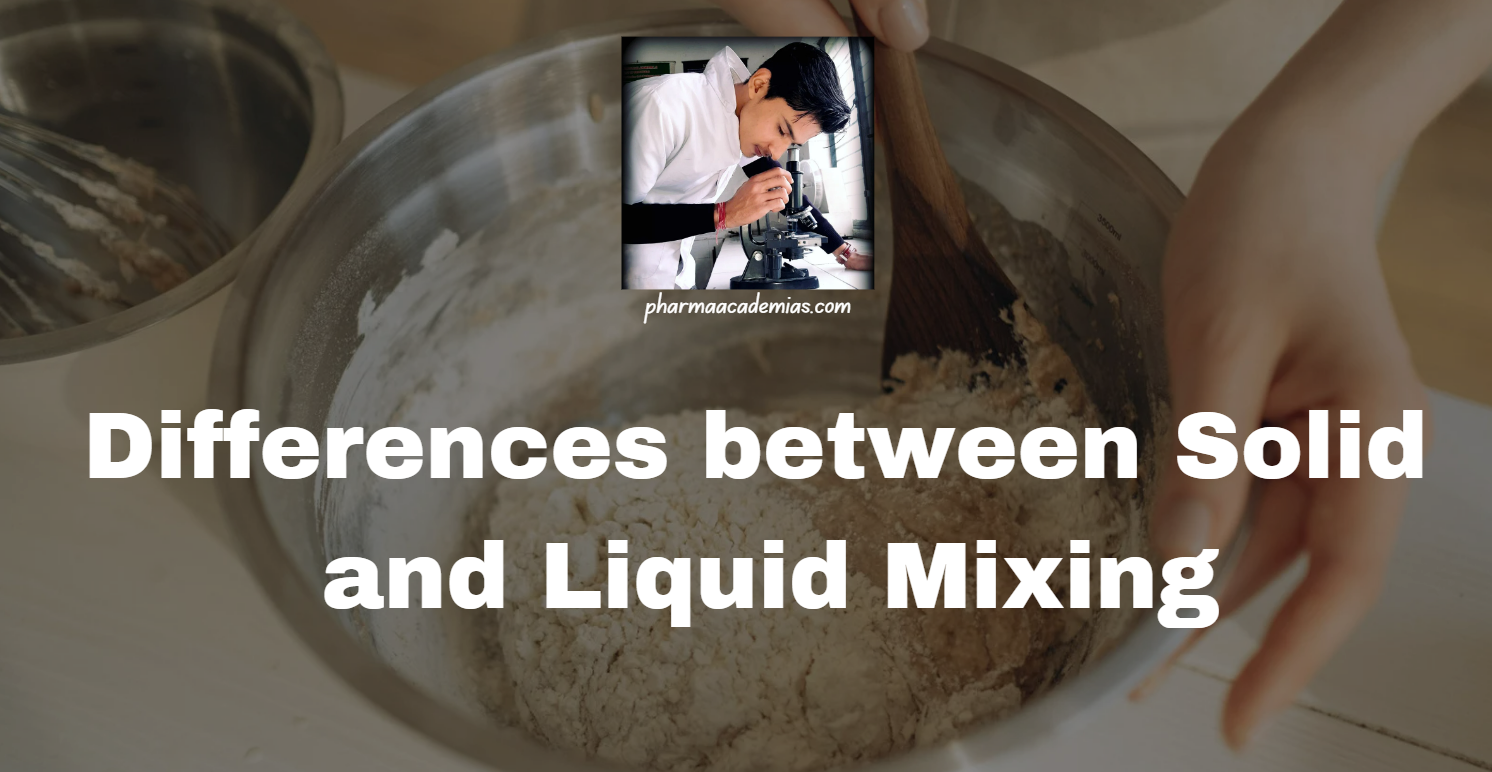1. Nature of the Materials:
– Solid Mixing: Involves blending dry or particulate materials. It is often about achieving a uniform distribution of solid particles or powders.
– Liquid Mixing: Involves combining liquid substances to achieve homogeneity. This can include mixing liquids with other liquids or dissolving solids in liquids.
2. State of Matter:
– Solid Mixing: Deals with materials in a solid state, such as powders, granules, or other solid particles.
– Liquid Mixing: Involves substances in a liquid state, where molecules are more mobile and can flow freely.
3. Mixing Mechanisms:
– Solid Mixing: Mechanisms include tumbling, shearing, and convective mixing. Ensuring particle distribution is a primary concern.
– Liquid Mixing: Mechanisms include stirring, agitation, and impeller action. The focus is on achieving a uniform composition throughout the liquid.
4. Viscosity:
– Solid Mixing: Viscosity is not a primary concern, as solids generally have low viscosity. Particle size and shape play more significant roles.
– Liquid Mixing: Viscosity is a critical factor. High-viscosity liquids may require specialized mixing equipment to overcome resistance and achieve proper homogeneity.
5. Energy Input:
– Solid Mixing: Generally requires less energy than liquid mixing, as solids are often easier to move and mix.
– Liquid Mixing: This can require higher energy input, especially when dealing with viscous liquids or when strong agitation is needed.
6. Agitation Techniques:
– Solid Mixing: Involves techniques such as drum tumbling, ribbon blending, or fluidization for powders.
– Liquid Mixing: Involves techniques like impeller mixing, magnetic stirring, or ultrasonic mixing for liquids.
7. Rate of Mixing:
– Solid Mixing: This can be slower than liquid mixing due to the need to overcome interparticle forces and achieve a uniform distribution.
– Liquid Mixing: Typically faster, as liquids allow for more rapid movement and interaction between molecules.
8. Homogeneity Concerns:
– Solid Mixing: The focus is on achieving a uniform distribution of solid particles to ensure consistent properties throughout the mixture.
– Liquid Mixing: Emphasis on achieving homogeneity in composition and concentration.
9. Applications:
Solid Mixing: Common in pharmaceuticals, food processing, and powder metallurgy industries.
– Liquid Mixing: Widely used in chemical processing, pharmaceuticals, food and beverage production, and various industrial applications.
10. Challenges:
– Solid Mixing: Challenges include avoiding segregation, ensuring proper particle size distribution, and preventing clumping or caking.
– Liquid Mixing: Challenges involve dealing with varying viscosities, avoiding phase separation, and achieving thorough dissolution or dispersion.
Understanding these differences is crucial for designing efficient mixing processes tailored to solid or liquid materials’ specific characteristics and requirements.

